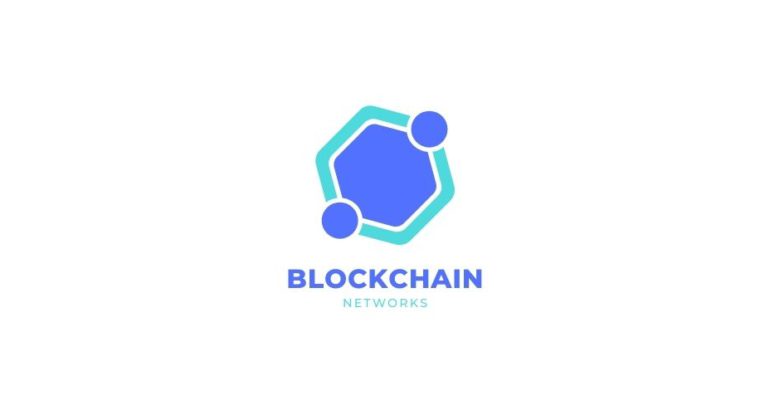How Is Blockchain Being Used In Clearance And ICT Services?

Blockchain technology has piqued the curiosity of the banking sector. The technology rose to prominence. We use it to trade cryptocurrencies like Bitcoin, which are created and authenticated by a peer-to-peer network of users rather than a central authority.
Big firms in traditional banking have already embraced blockchain technology:
According to Goldman Sachs, blockchain technology could save $2–4 billion in insurance underwriting transaction costs and $11–12 billion in securities clearing and settlement costs in the United States alone. According to a Santander analysis, Blockchain technology may save banks $15–$20 billion in infrastructure costs connected to cross-border payments and securities trading.
Heard about the Blockchain Technology before?
Get to know about the technology of blockchain in ICT Assure, as the process is not something that is emerging currently, though a lot of businesses are unaware of the benefits that one can gain by being a part of this ecosystem. pic.twitter.com/9Rf4yFRoaP
— ICT Circle (@CircleIct) April 15, 2022
It is assumed that by 2027, blockchain technology will have secured up to 10% of the global Gross Domestic Product (GDP). In a variety of domains, various financial institutions have developed blockchain-based solutions. They have yet to demonstrate that blockchain technology is a long-term solution to suit the needs of traditional financial institutions.
The Australian Stock Exchange (ASX) is one of many traditional financial organizations interested in blockchain technology, according to financemagnates.com.
Consider the following scenario:
The Australian Stock Exchange teamed up with Digital Assets to leverage blockchain technology for equities transaction clearing and settlement. Overstock.com has developed a closed-system trading platform to sell its own blockchain technology.
The growing number of traditional financial institutions adopting blockchain technology indicates the financial industry’s widespread confidence that this technology can offer a variety of benefits. Despite this, many in the industry feel that rather than a big bang revolution, the application of blockchain technology will be a methodical, step-by-step process.
Market participants may be unwilling to swiftly write down their current technological investments. As a result, market participants may be able to prioritize regions where the most efficiency can be realized.
It’s unclear if the focus will be on trade or post-trading as market participants continue to investigate. Because post-trading procedures can eliminate the majority of inefficiencies, blockchain technology could be used first for exchange-traded securities and some derivatives.
However, other established businesses, such as information technology may find blockchain technology valuable. One company that is doing so is ClearX. Smart contracts, which are focused on sophisticated B2B commercial transactions, are used in the blockchain-based clearing and settlement protocol to establish and execute complicated and confidential agreements.
Consider a corporation that manufactures automotive components. It wants low latency and reliable, secure connections across all of its facilities. A series of wholesale agreements involving his communications provider, other carriers, and local loop participants support the customer’s planning and design.
The IT managers at the company are unconcerned about this information because they only receive a final bill that reflects the total cost. On the other hand, carriers face a complex and time-consuming billing and settlement process, with hundreds of contracts to pay each month and thousands of services to track.
These are challenges that can be resolved by employing automated smart contracts to safely obtain correct data and build smart B2B contracts.
Many market-driven initiatives are now promoting blockchain protocols and standards. The R3 Consortium and the HyperLedger Linux Foundation are two examples of blockchain-related organizations working on blockchain-based solutions. As a result, compatibility issues do not appear to be a barrier to this technology’s adoption.
Another industry where blockchain technology could be beneficial is information and communication technology (ICT). While keeping up with the information technology sector, data services can also profit from the use of blockchain technology. Data Services are a significant source of revenue for ICTs, and the market is moving toward on-demand services.
These changes are designed to give organizations more capabilities by allowing for faster deployment of new sites, services, and global applications, easier upgrades and formatting of existing services, and increased security.
ClearX’s marketplace solution makes use of Distributed Ledger Technology (DLT) to allow ICTs to securely execute automated data services orders. The company’s solution automates the alignment of data service inventories and bills among partners and inventory search and partner settlements to meet the growing demand for optimization requirements in the market.
New deployment architectures like SD-WAN, SASE, and others have also had an impact on changing operational methods. ICT providers could fill orders in an automated marketplace context, significantly reducing the time and effort necessary today. A blockchain-based partner network boosts ICT revenue by allowing companies to service a broader range of industries.
Blockchain technology may be used to construct tools that allow ICTs to safely execute automated data services orders. The company’s solution automates the alignment of data service inventories and bills among partners and inventory search and partner settlements to meet the growing demand for optimization requirements in the market.
Also, read – The Rise of Blockchain Games and Why People are Investing in Them
Conclusion
Many currently repetitious business procedures may be reduced because there are fewer middlemen in a blockchain-based system. There would be no need to manually enter transaction data at each level of the custody chain, eliminating the need for costly reconciliation procedures.
Transaction expenses may be reduced as a result. Blockchain technology has the potential to save the banking sector a large amount of money by lowering back-office costs associated with the manual reconciliation of contradicting transaction data.



























































